2010 | Generation
Transcending Boundaries in Cinematic Landscapes
Boundaries – between generations, between genres, between fiction and reality – play an important role in the Generation programme this year. Maryanne Redpath and Florian Weghorn explain how the films in this year’s selection explore this and much more.
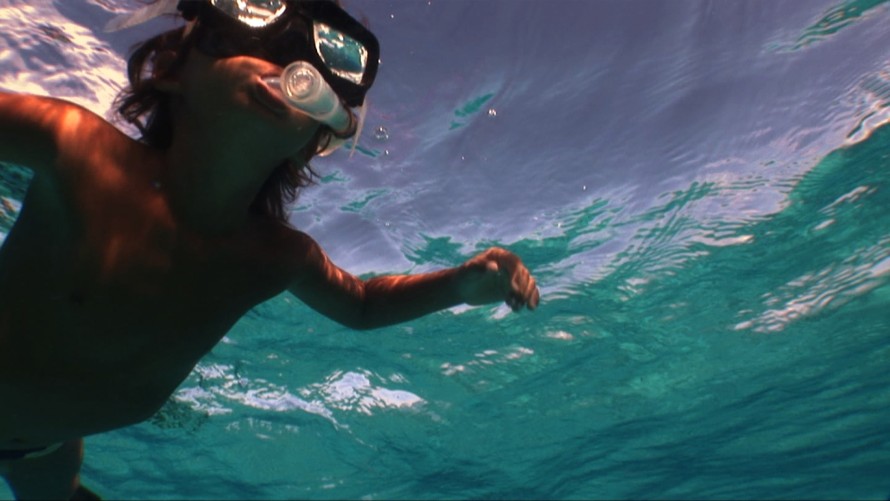
Alamar by Pedro González-Rubio
Looking at the programme one could get the impression that conventional notions of contrast - documentary versus fiction, fantasy versus reality or abstraction versus tangibility - are not so much in opposition to each other, as they are different intrinsically linked aspects which tend to influence each other.
Maryanne Redpath: That’s correct and can be seen very well in a docu-fiction such as the Kplus opening film Alamar (Pedro González-Rubio). Here the day-to-day lives of real people and their surroundings provide a setting for the plot, which is interwoven with a fictional story. In the center of this and other docu-fictions the issue is less about the distinction between real and fictional, but rather the boundaries between the two. In what way is something real or perceived as real? Our programme provides no clear answers because real and virtual spaces are intermingled. Especially in the area of acting one finds a wealth of such transcendences. Most of the young actors aren’t professionals so their performance depends a lot on how well the directors can relate to these young people.
Florian Weghorn: The makers of La Pivellinashot their film with a small crew and compact cameras so that their protagonist, a two-year-old girl, could forget about the fact they were filming. Rather than instructing her on how to act, the directors created situations. The result is a very beautiful feature in a documentary style. Of course we also have a whole series of films in which one sees young people acting – in the best sense of the word. Not every child plays him or herself.
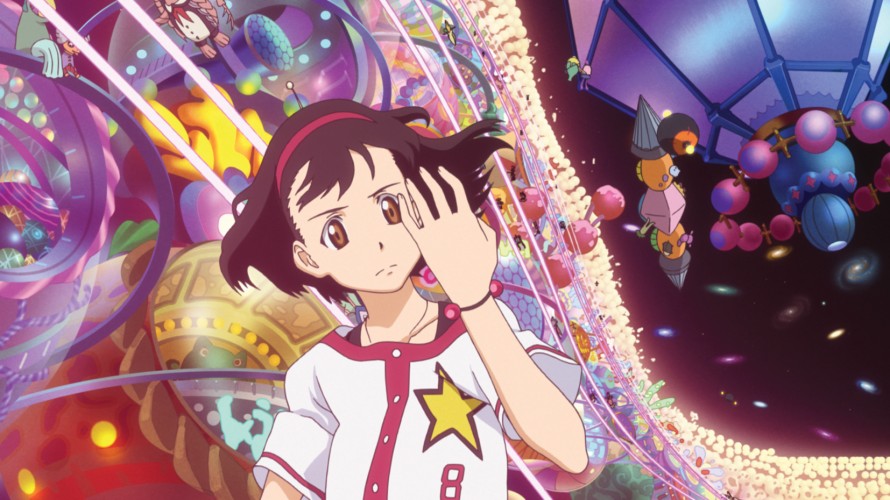
Koji Masunar's Uchu Show e Yokoso
(Un)true to genre
This year genre films make a strong showing in the programme. Does that mean that the films can be clearly placed in certain genres (and that the films have a life within these limits) or do they play with conventions and genre elements?
FW: Both are true. On the one hand we have some very clear genre productions such as the film Uchu Show e Yokoso (Welcome to THE SPACE SHOW), which masters the sci-fi genre well into the fourth dimension. Superbror (Superbrother) from Denmark is a different case, because it first appears to be a conflict between two brothers: One of the boys is autistic, while the other is nothing more than the younger brother. Superbror also incorporates elements of science fiction – a super-weapon falls from a star – and becomes part of the problematic fraternal relationship. A serious theme is made palatable for children, through intelligent utilization of this genre.
MR: In my view, genre is an awkward term, because the industry is quick at labeling so-called children’s or family films. In our films genre is a general tool used to define or to describe something. Openness and a willingness to experiment are keywords here. In this respect we often label our movies with the very neutral title “Generation films”.
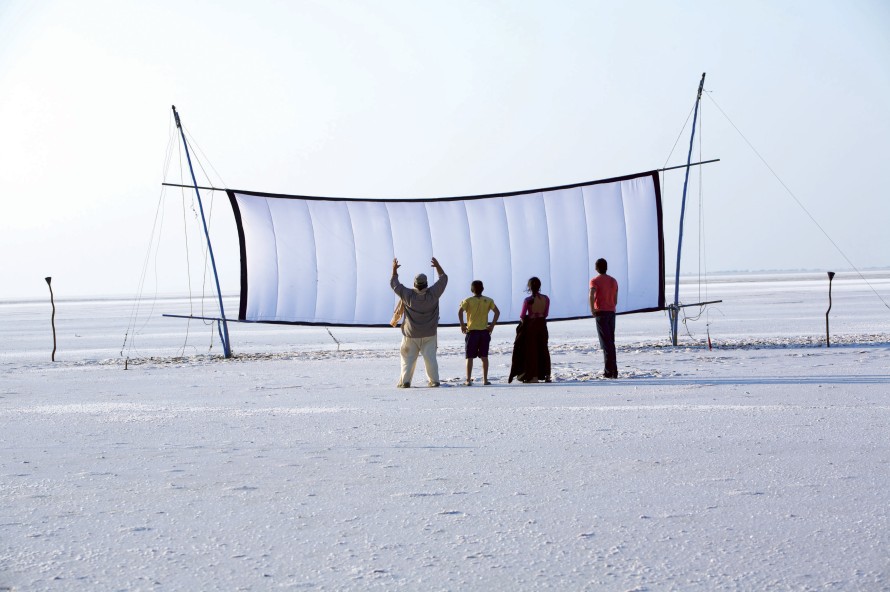
Satish Kaushik, Mohammed Faizal, Tannishtha Chatterjee, Abhay Deol in Road, Movie by Dev Benegal
The 14-plus opening film Road, Movie by Dev Benegal already falls into a genre description on account of its title.
FW: This film is a wonderful road movie: The characters have to cover a certain distance; their inner motivations come into contact with an extraordinary landscape. But the title also includes the word “movie”, because cinema itself displays its magical power once again in this film.
MR: It gets even more interesting when you look at the film by Carlos Gavirias, Retratos en un mar de mentiras (Portraits in a Sea of Lies). The film shows a young woman on the voyage back across Columbia to her former home. During the voyage repressed memories gradually arise about her family who were murdered by rebel groups. Here the real setting of Columbia is very important: it’s a country that has been embroiled in a civil war for 60 years. People have disappeared without a trace. Hundreds of thousands of people have been murdered. Each road movie has such a landscape that tells its own story.
Is it made explicit or is it only suggested?
FW: Both. In Road, Movie and Retratros en un mar de mentiras the landscape mirrors inner conflicts and at the same time is a very tangible place of longing. The Columbians consider themselves some of the happiest people on earth and love their country – despite an often horrifying history.
Signposts on cinematic maps
When looking at these filmic landscapes could one also speak of a metaphorical level? Can the films be seen as a map of the soul?
MR: If you like, yes. For example, Sukunsa viimeinen (Pudana - Last of the Line) by Anastasia Lapsui and Markku Lehmuskallio takes place in the arctic snowscapes of north-western Russia. The main character Neko is the last in her family line belonging to the indigenous tribe of the Nenets. She is supposed to assimilate into Soviet society. Neko stands before the great task of maintaining the traditional rituals and shamanism of her people. Her character is reflected in her natural, indigenous relationship to the expansive landscape. The cultural dilemma is also expressed in the approaching destruction of this natural environment.
FW: The most beautiful, funniest and romantic example is perhaps the French film Les Nuits de Sister Welsh (Sister Welsh's Nights) by Jean-Claude Janer, which brings inner landscapes to the screen with very powerful imagery. We see a sailing ship on rough seas and a nun, who is hopelessly in love with the ship’s captain. And this originates from deep inside a girl whose desires take shape within imagined settings. Things are turned around in her head and she is able to find something romantic in reality as well.
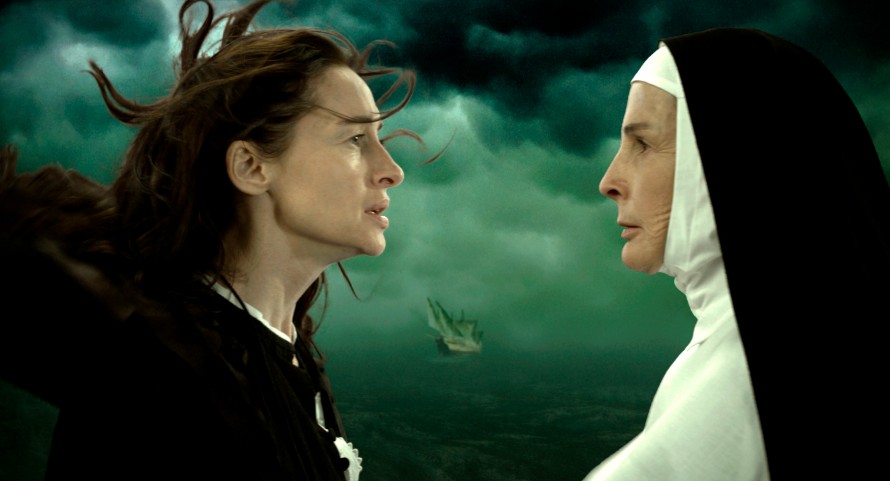
Jean-Claude Janer's Les Nuits de Sister Welsh
Do we see any disharmony in the relationship between people and landscape in the films? Isn’t Dooman River (Zhang Lu) an example of this?
MR: Yes, that’s a very good example. In Dooman River, there is a very long, wide river, which is both a heavily guarded border crossing as well as the setting of a fight for survival. People cross the river to escape or to look for food. In this place the friendship drama of two boys from China and North Korea unfolds. Symbolically, the river stands for all of the boundaries of this world and at the same time has real existential significance for the young people living there. The border is a typical image for coming-of-age. The question of how one recognizes and overcomes inner and outer boundaries during the process of maturing is brought up by characters in our films over and over again.
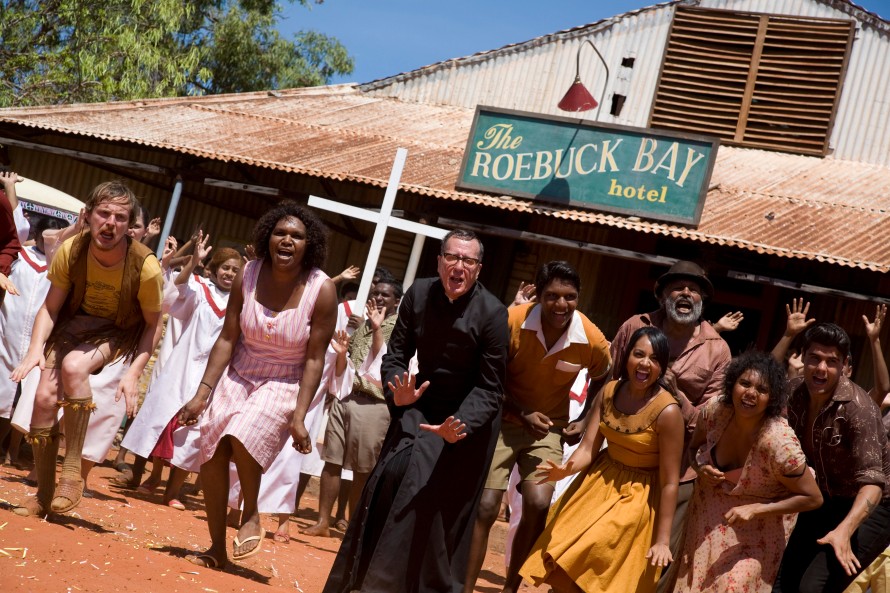
Bran Nue Dae by Rachel Perkins
Rachel Perkins, known for her history documentary series First Australians is presenting her musical Bran Nue Dae. Does she maintain her historical, documentary approach?
MR: In Australia there is a wave of indigenous filmmakers who are telling the history of Australia from Aboriginal perspective. Rachel Perkins is an important voice. Bran Nue Dae is dedicated to the lost generation of aborigines who were separated from their parents until the 1970s and were subjected to colonial-catholic indoctrination. The material is very authentic, its origins real and based on concrete history, but its form is not documentary in any way. This film is a musical.
There are several films that are closely linked to the issue of cultural identity, with different cultures standing next to each other. Such as the case of Yuki & Nina by Nobuhiro Suwa and Hippolyte Girardot, in which the Japanese-French protagonist grows up in France but is then asked to come to Japan by her mother. Is the concern with vague cultural and contextual interspaces in contemporary life becoming ever more important?
MR: In the globalised world cultural allegiances become more and more mixed. When I was young, culture, childhood and national identity were more clearly defined. Today these issues are far less clearly defined, and I find that young people deal with it very well.
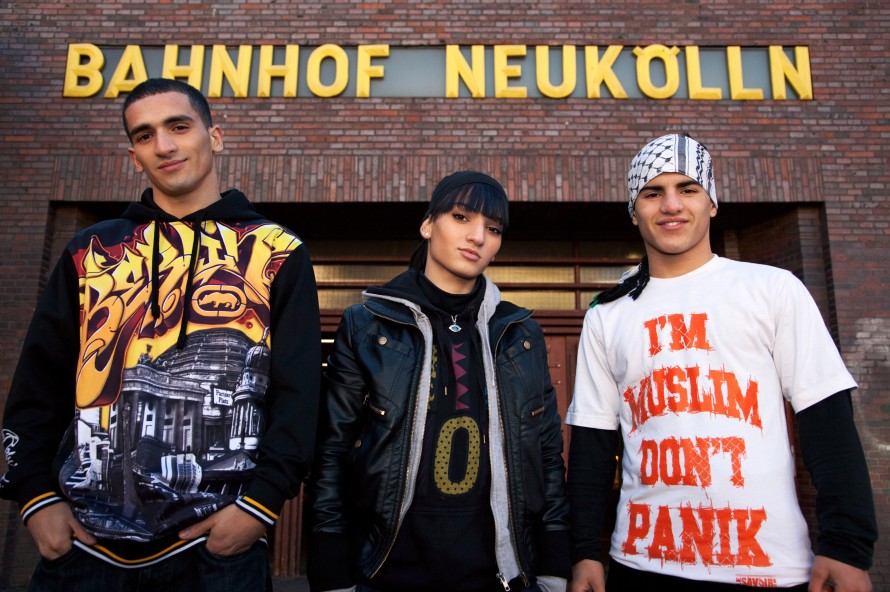
Neukölln Unlimited by Agostino Imondi and Dietmar Ratsch
There are even more extreme examples, such as the German documentary Neukölln Unlimited by Agostino Imondi and Dietmar Ratsch, which shows the fear of being deported from a country in which you have grown up and feel at home. Apart from this film in 14plus there are no German feature films in the programme. Is that a sign of dry period for German films for children and youth?
FW: The Berlinale is an international festival and sometimes there are more German films and sometimes less. Of course this has to do with the fact that we don’t only want to show pure children’s or youth films. The type of films we show aren’t that well represented in Germany. Certain traditions, which are considered normal in other countries, are lacking. That doesn’t mean at all that there aren’t any good German children’s films. Last year we had a fantastic opening film from Germany we were really happy about.
MR: If a German film like Neukölln Unlimited makes it into a hotly contested competition of just 14 films, that’s already a great achievement! We should also mention that Anne Linsel and Rainer Hoffmann’s very impressive German documentary Tanzträume (Dancing Dreams) featuring Pina Bausch is running at the festival in Berlinale Special. We’re showing this as a cross-section film for a youth audience.
Wholeheartedly opening up to a young audience
FW: With these cross-section screenings, we want to give children and young generations an impression of the festival as a whole. They tend to grow into other sections, before they can officially visit them. On the other hand, filmmakers have a great chance to see that their film can also – and I stress “also” – work with a young audience. I think, a seriously made film can be made seriously accessible to a young audience.
MR: The question of a clear definition of children’s film arises again and again. In our international jury this year we have three Crystal Bear winners, who didn’t make their films explicitly for children and yet were able to convince a jury aged 11-14: Philippe Falardeau (C’est pas moi, je le jure!), Hana Makhmalbaf (Buda Az Sharm Foru Rikht) and Kylie Du Fresne, the producer of the Australian short film The Djarn Djarns.
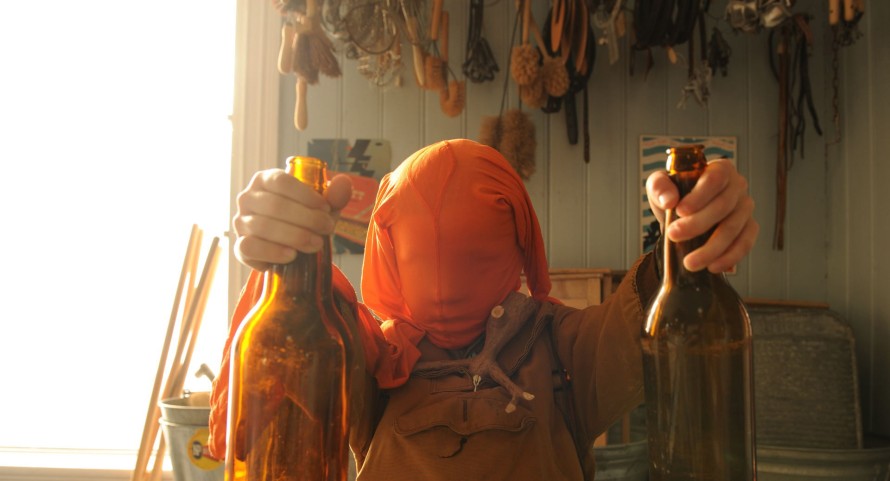
Åsleik Engmark's Knerten
What do you mean by “classical” children’s film when you refer to the three Scandinavian productions Bestevenner (Rafiki) (Christian Lo), Superbror and Knerten (Twigson) (Åsleik Engmark)?
MR: Thankfully, Scandinavian cinema is always strongly committed to children as cinemagoers. Amidst the wide choice from these countries, we look for offbeat, surprising and entertainingly challenging films that show this commitment and push it forward.
FW: In this respect, this year’s short film programme stands out. We’re really enthusiastic about it. It’s packed with anarchic little artworks – beginning with the films for 4-year-olds through to the docu-fiction Ønskebørn (Out of Love). The feature film director Brigitte Stærmose hadn’t planned on making a documentary on the street children of Pristina but then ended up making one – but using a very fictional approach. Other films are also breathtaking on this level: Älä kuiskaa ystävän suuhun (Whispering in a Friend’s Mouth) by Hannaleena Hauru, for example, tells its story in palindromes, in scenes that work both forwards and backwards. Or I’m Here by Spike Jonze, who puts computer casings on people’s heads and lets them have passionate love affairs as robots.
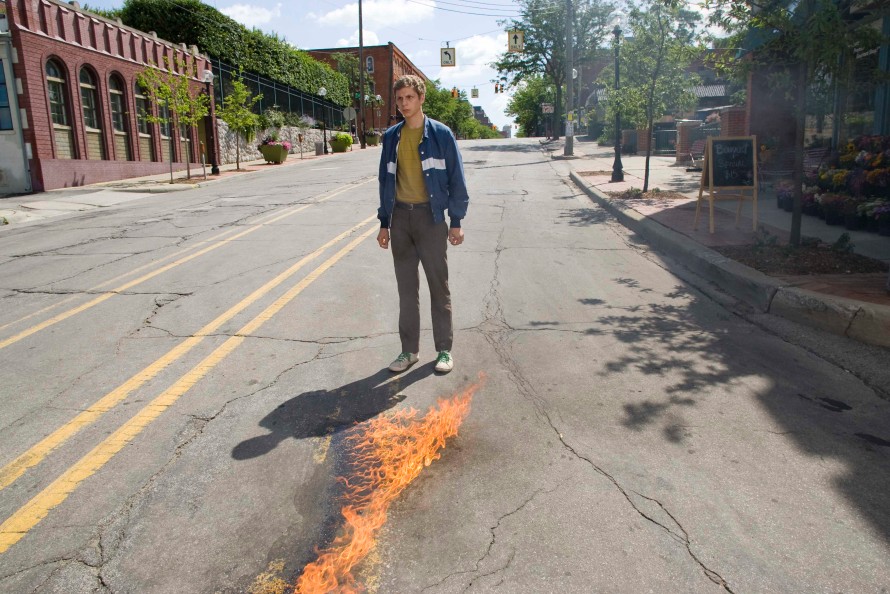
Youth in Revolt by Miguel Arteta
Are there any other big international names in the programme beside Spike Jonze?
FW: Of course, one should mention Youth in Revolt with Michael Cera. Steve Buscemi, Ray Liotta and M. Emmet Walsh play further roles in this movie. In Bran Nue Dae we have Geoffrey Rush. Road, Movie is full of big Indian stars. The Kenyan film Soul Boy was produced by Tom Tykwer. We’re showing it, exceptionally, in cooperation with the Berlinale Talent Campus. Both Tykwer and the Ghanaian-Kenyan director Hawa Essuman will be on the stage at the premiere in the Zoo Palast.
MR: In cooperation with the DEFA Foundation we are screening Sabine Kleist, 7 Jahre (Sabine Kleist, 7 Years Old) by the former DEFA director Helmut Dziuba. The film premiered at the Berlinale in 1983. The director was not informed by the responsible East German ministry about the film’s participation in the festival nor about the award. For the 60th anniversary of the Berlinale, Helmut Dziuba will be celebrating his second premiere.
Furthermore, we’re showing the newly restored documentary Nuremberg: Its Lesson For Today [The 2009 Schulberg/Waletzky Restoration] (Stuart Schulberg) about the Nuremberg war crimes trials following the Second World War. The film has been invited for the Berlinale Special. With the support of the US Embassy, we’re organizing a film discussion for school pupils after our additional screening.
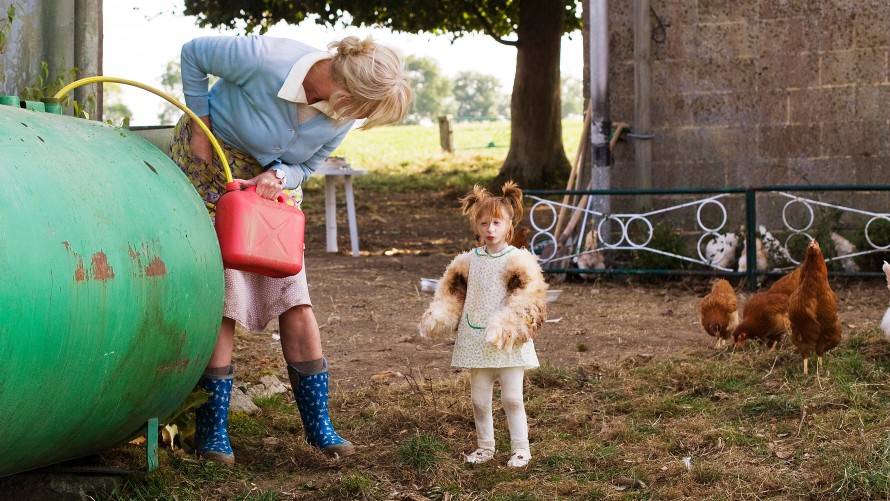
Ellen Smit's Iep!
The motif of flying appears in a noticeable number of films. Which longings and desires are expressed this way in the Generation films?
MR: Here we should mention Iep! (Eep!) by Ellen Smit. This film is about a bird-girl, who is adopted as a chick by a childless couple. One day in the autumn she feels the desire to fly south for the winter. The film communicates a great desire for freedom and to follow ones own dreams. The great thing is that Iep! not only manages to bring us closer to a very moving, even disturbing being, but also raises existential questions about the parent-child relationship. At the end, the old couple has to let the bird-child go and still remain happy.
FW: Anyone who wants to fly and discover the farthest-flung corners of space should watch the Anime Uchu Show e Yokoso (Welcome to THE SPACE SHOW) by Koji Masunari. The discovery of unknown worlds is one of mankind’s deepest longings and is always connected to the hope that a lot is happening in some distant place. We’ll give it away: in 136 minutes, Space Show fulfils this yearning.